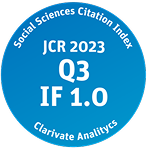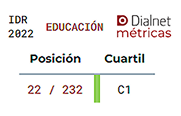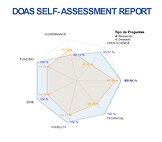The Kaufman domains of creativity scale: Validation in a Spanish university context.
Abstract
Understanding creativity as a set of defining elements of the creative person and giving international scientific relevance to its establishment through Kaufman’s Creativity Domains Scale, this work ensures the applicability of this instrument in a Spanish university context, after professionally translating its 50 elements into Spanish and conducting an empirical study that establishes its reliability and validity guarantees in this scenario. The analytical exploration of the constituent factors of the tool has restructured the original five domains (everyday, performance, academic, mechanical/scientific, and artistic) into eight (everyday, performance, mechanical/scientific, academic, artistic expression, artistic understanding, emotional, and mathematical). It has been revealed that students give robustness, in line with other international settings, to basic social skills, artistic competencies, scientific design strategies, and intellectual capacities that remain unquestionable within the creativity construct regardless of the population group being studied. However, the differential nuance lies in the artistic domain, which has undergone a division that gives relevance to both artistic expression and its understanding, as well as the extraction of an emotional component beyond the everyday and a purely mathematical domain disaggregated from the mechanical/scientific domain.
Downloads
Published
-
Abstract2
How to Cite
Issue
Section
License

This work is licensed under a Creative Commons Attribution-NonCommercial 4.0 International License.









